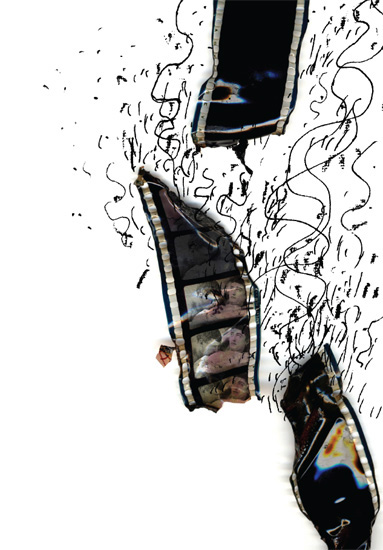
Louise (Nickie) Willy . . .
died in 1929 shortly after the events of this tale from exposure and drink.
George . . .
died in the fire in the theater on boulevard des Capucines. His remains were expected to be found upon excavation of the theater. They never were. Like many early silent film stars and Paris stage actors, George was forgotten quickly, as soon as the talkies took over in the early thirties.
Léar . . .
is never mentioned again in the history books after 1901, but it is believed he either was put away in an asylum where he eventually died or he moved to Egypt and started a production company called Léar and Co.
Félix Fénéon . . .
died on February 29, 1944, becoming a small footnote in few history books. During his last year, he burned all the documents and papers he had in his possession.
Bernard Natan . . .
went on to champion Pathé and subsequently be at its helm for its decline. While he was awaiting trial in prison for accusations of fraud, World War II broke out, and the Nazis conquered France. After Natan’s release from prison, the French government handed him over to the occupying German authorities. Natan was sent to the Auschwitz concentration camp on September 25, 1942, where he died several weeks later.
Pierre Batcheff . . .
and his costar in Luis Buñuel and Salvador Dalí’s film Un chien Andalou, Simone Mareuil, both separately committed suicide, Mareuil by setting herself on fire in 1954, Batcheff reportedly by overdosing on Veronal on April 12, 1932.
Nitrocellulose . . .
began to be replaced during the First World War with safer alternative film stocks and many of the original films made with it were recycled to be used in building bombs against the enemies of France.
The Good Inn . . .
was one such film whose chemical makeup was considered at the time to be worth more as weaponry than its price of admission.

